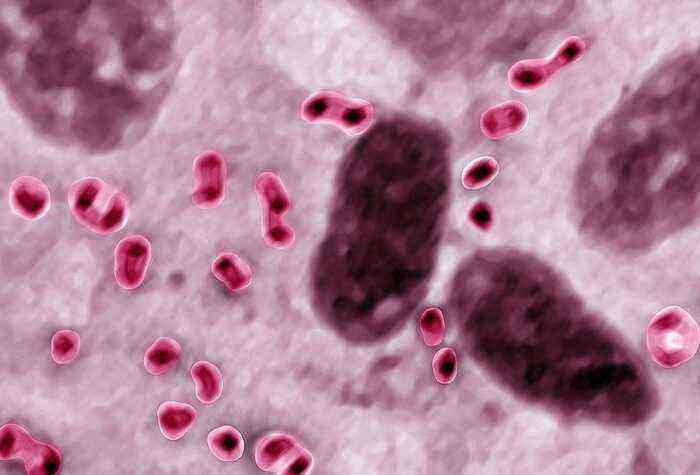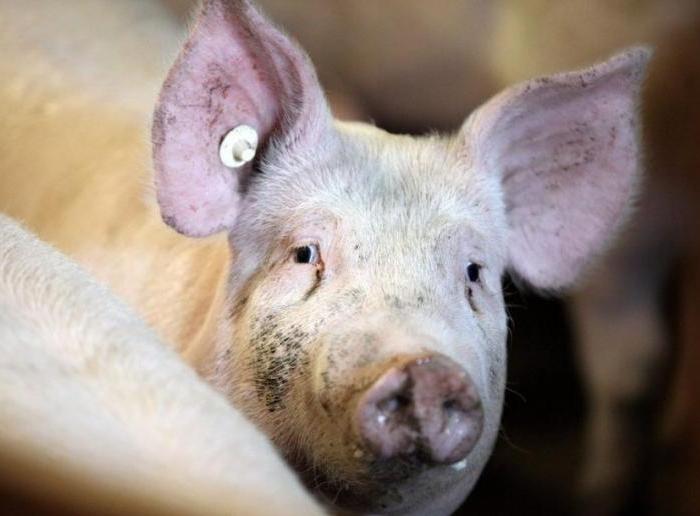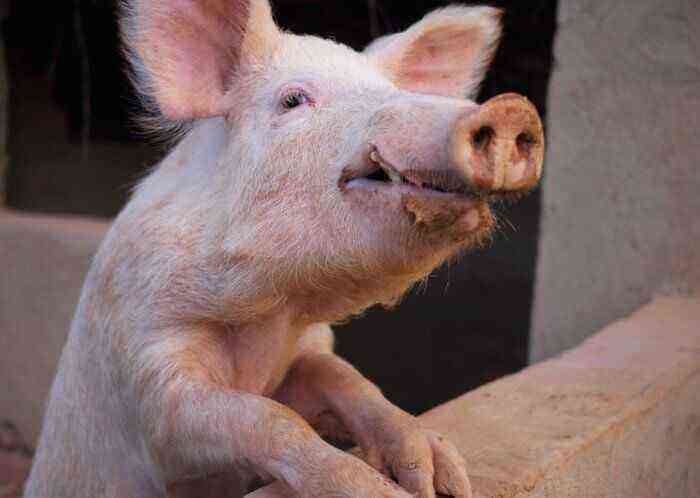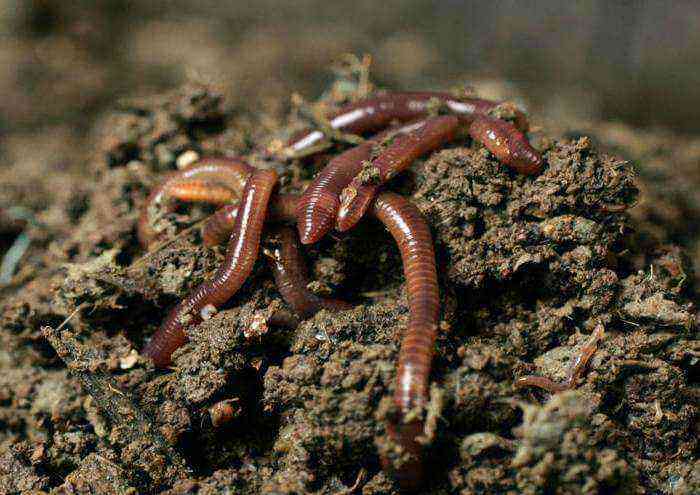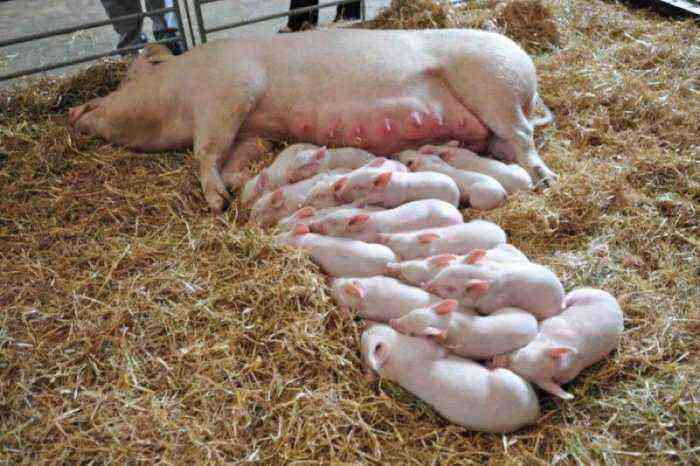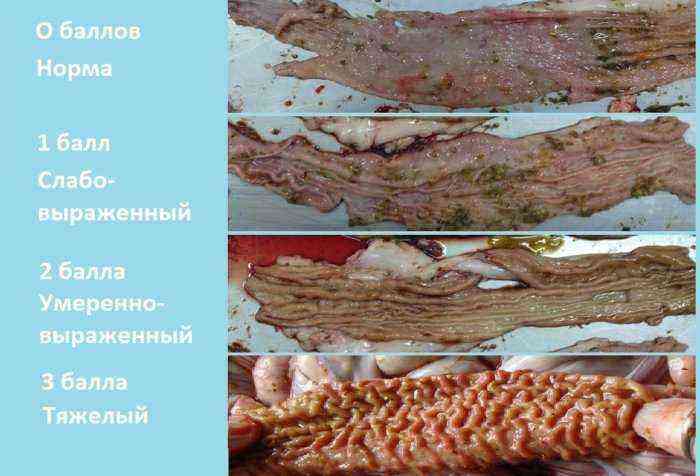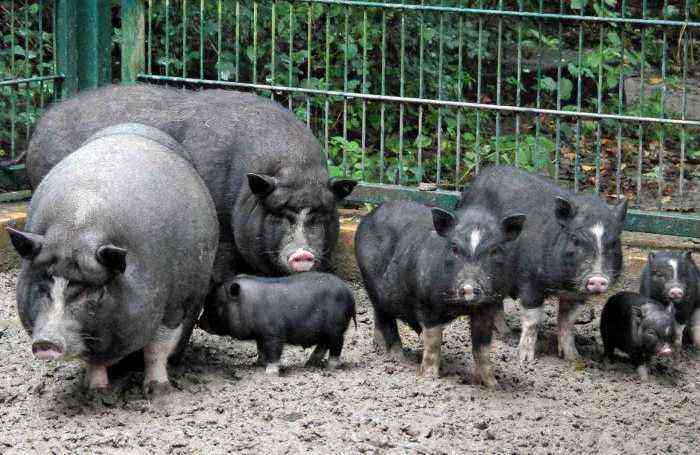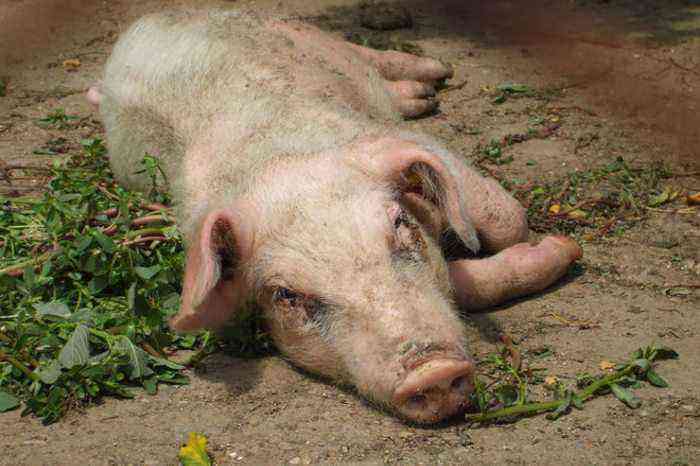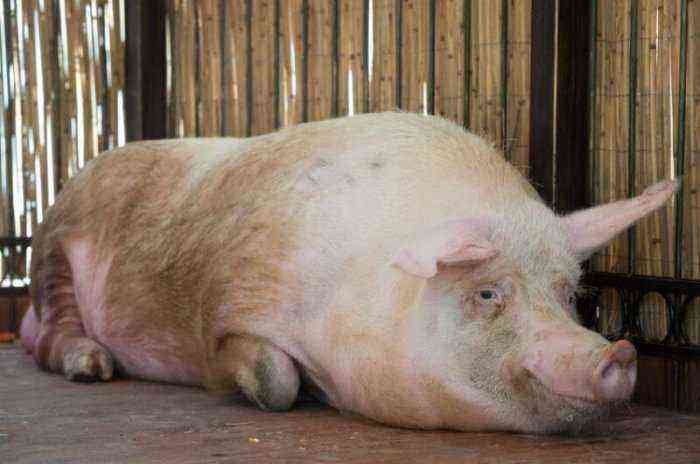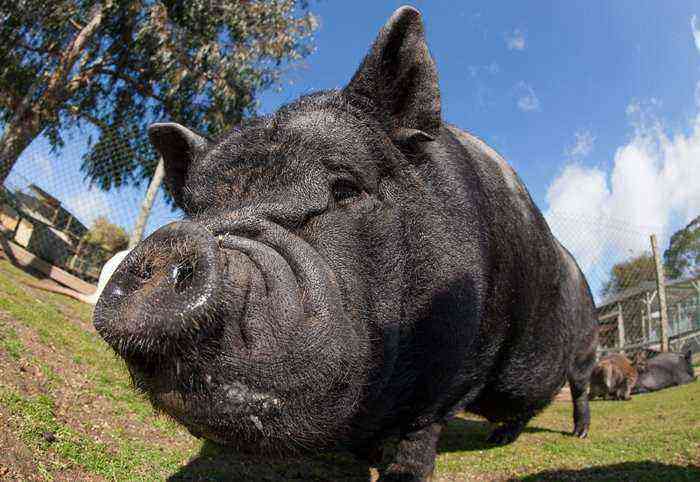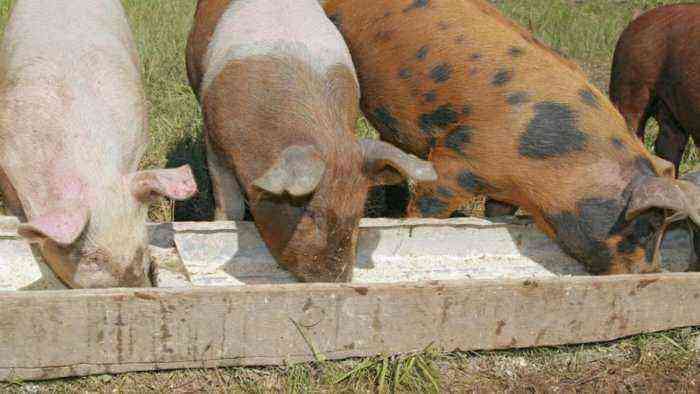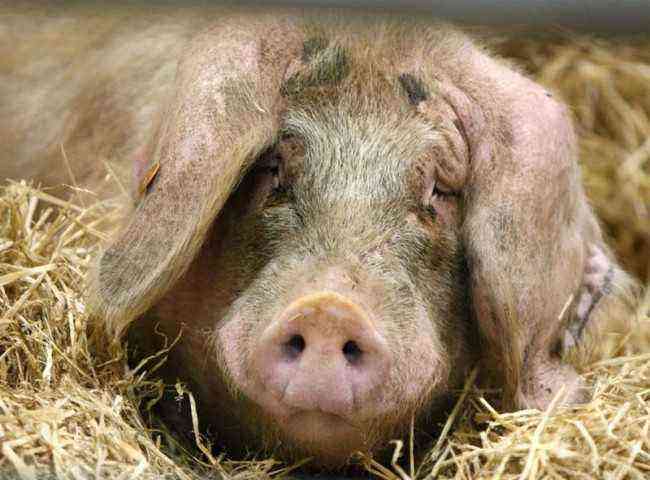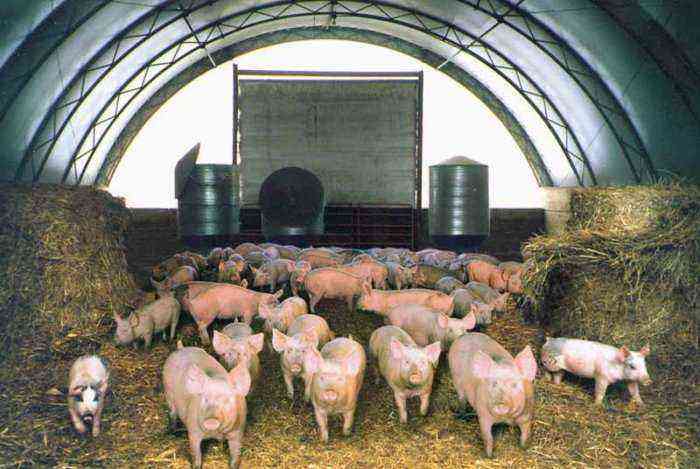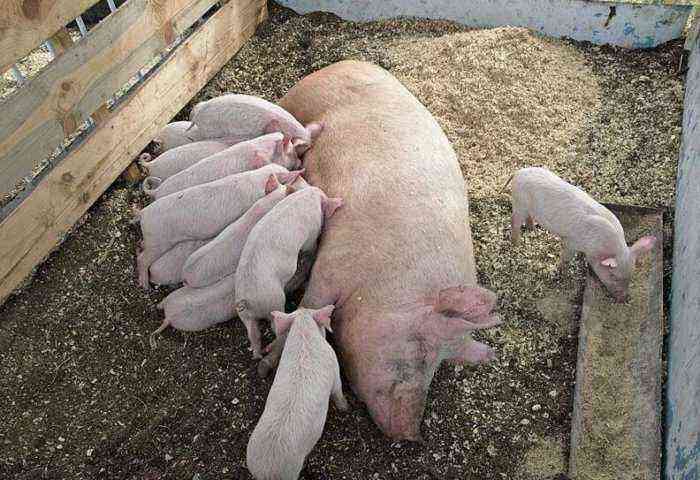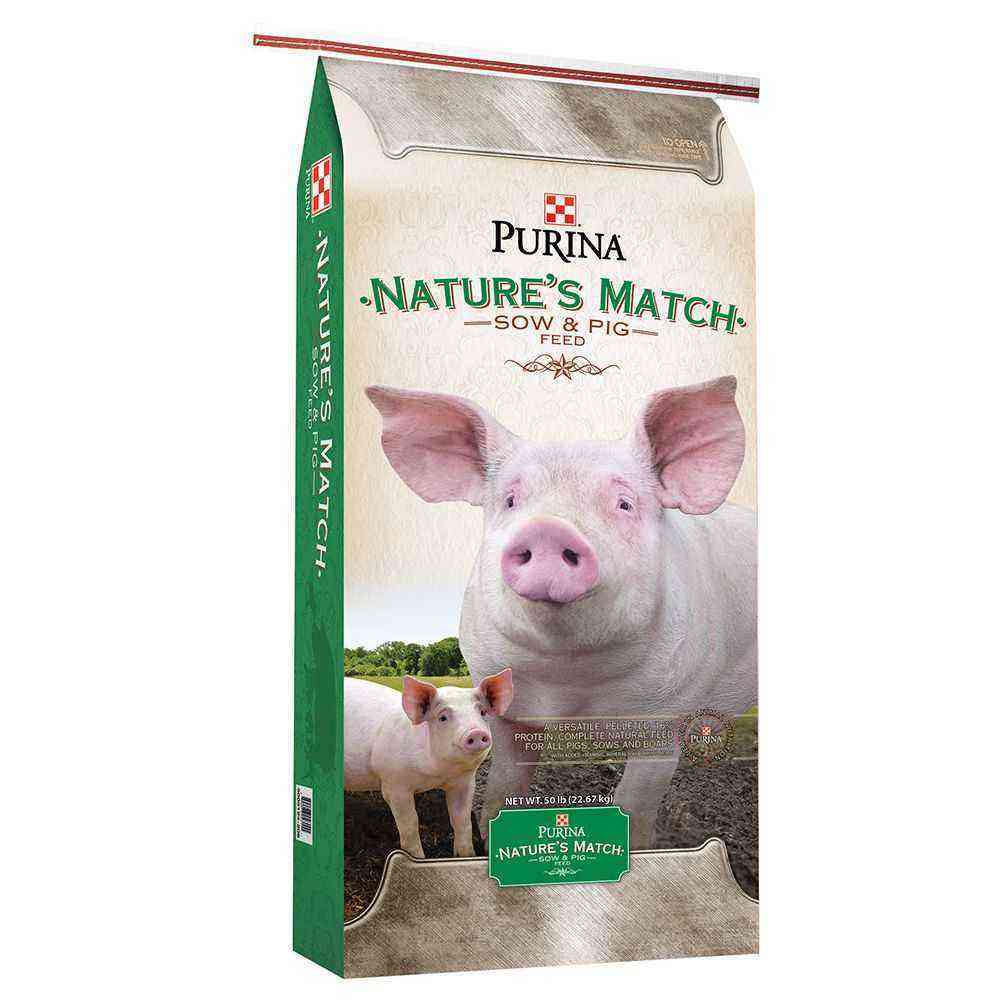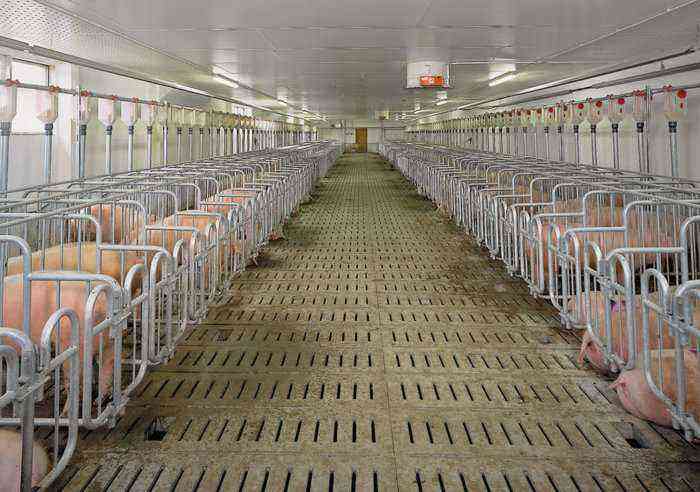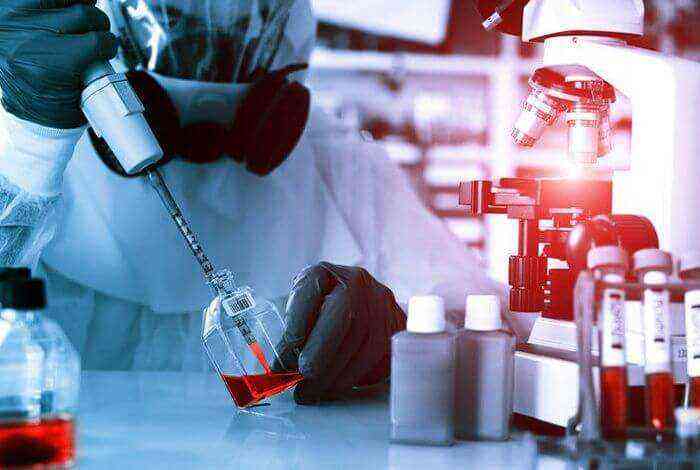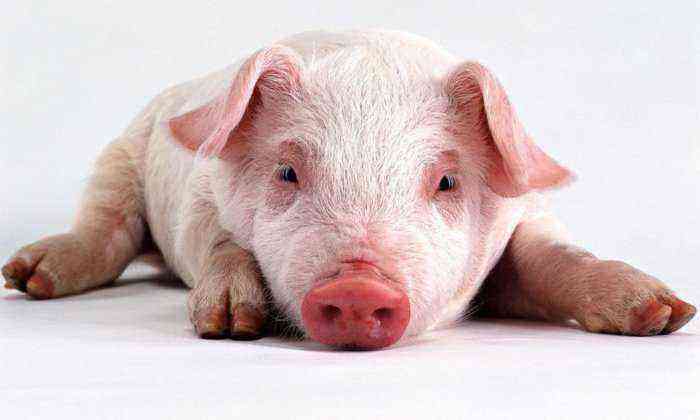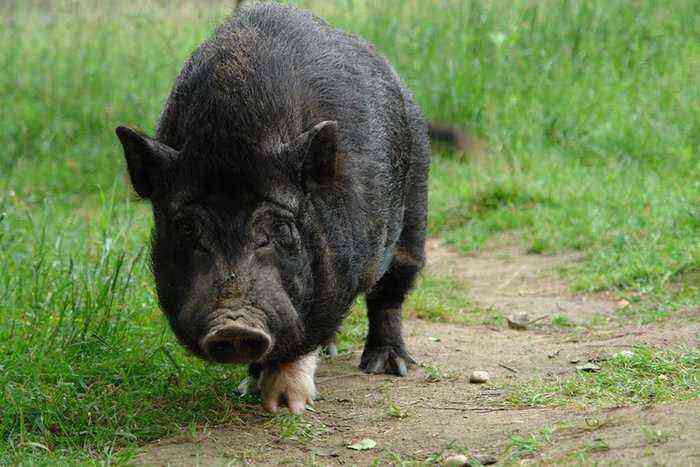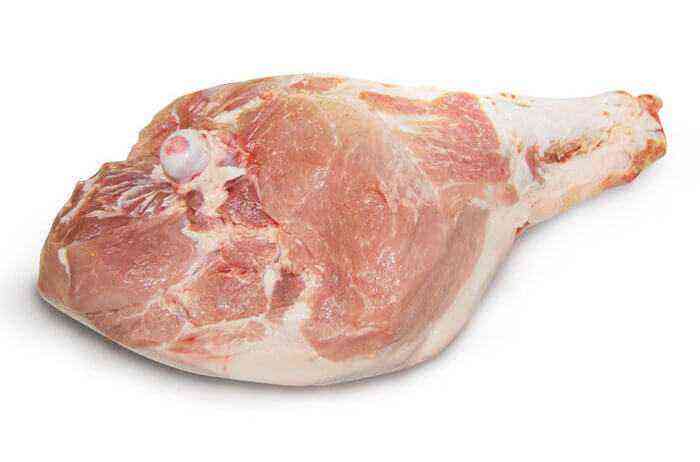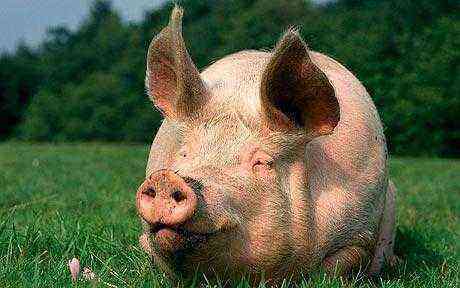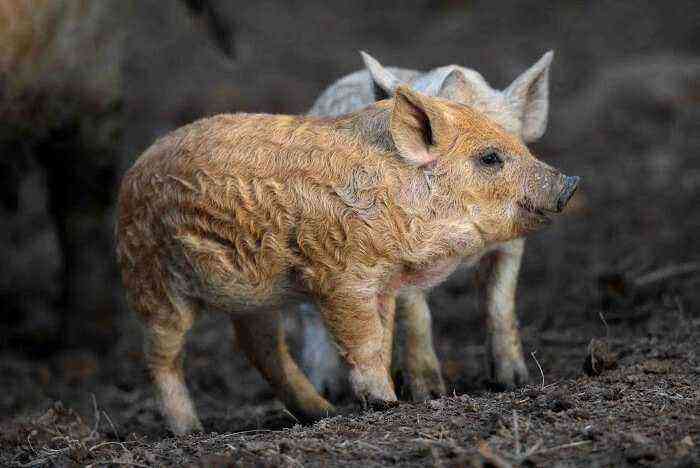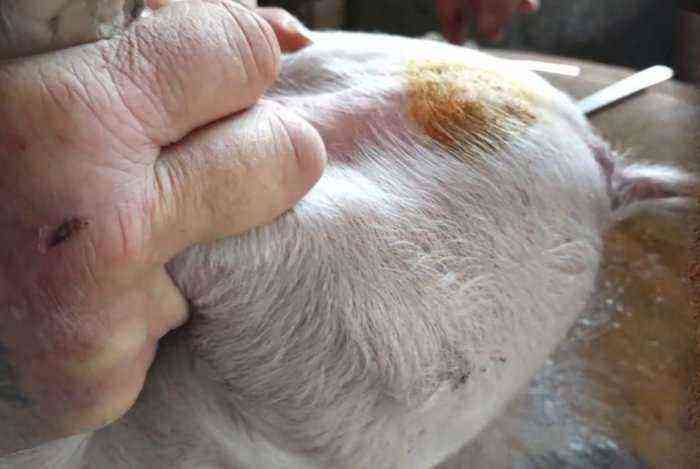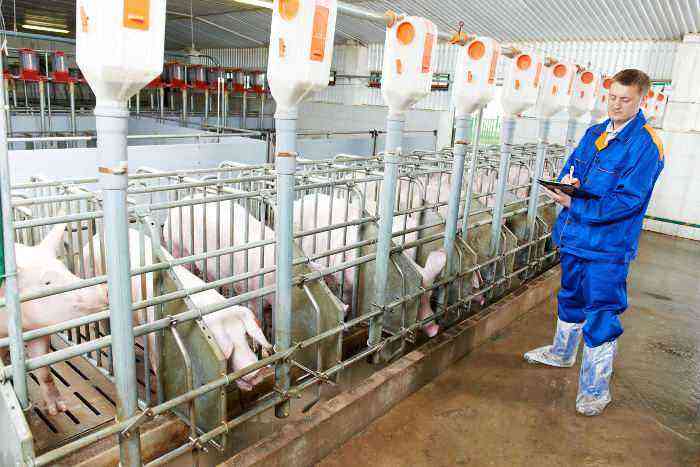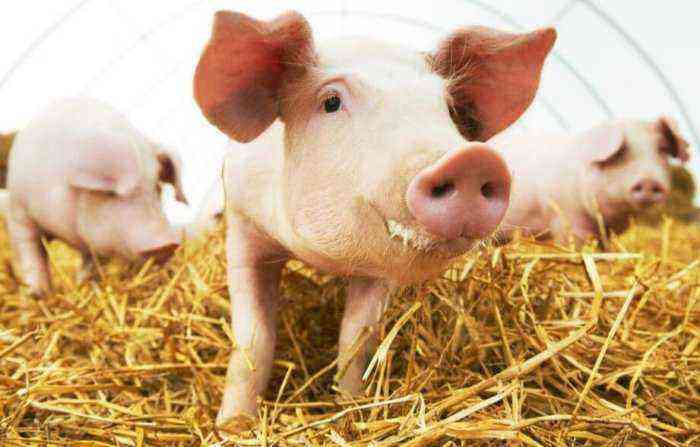For many centuries, pigs have been one of the main suppliers of meat for human consumption. But, like any living creature, pigs are prone to various kinds of diseases, one of which we will consider in this article. This disease is called porcine pasteurellosis.
pasteurellosis in pigs
What is this disease and its causes
Pasteurellosis is a very dangerous form of infectious disease that can lead to pulmonary edema in animals. The causative agent of this infection is an oval-shaped microorganism called Pasteurella multicida.
Blood infection is characterized by the appearance of grayish microorganisms in it, which, after an incubation period of several hours to fourteen days, begin to multiply actively, cause pulmonary edema and lead to the death of the animal. The bacterium spreads by airborne droplets and is carried by insects.
Piglets are mainly infected, adult pigs are less susceptible to infection. This microorganism is very sensitive to ultraviolet radiation and is easily destroyed by direct sunlight, but it is mainly affected by individuals located in rooms with high humidity and poor sanitation.
Microorganisms enter the body of an animal both through food and water, and through the skin. If you do not respond in time, you can lose up to forty percent of the livestock.
Pasteurella multicida
What forms does the disease take?
First of all, bacteria infect the mucous membrane and respiratory organs of pigs, so the signs are obvious here – an inflammatory process. There are three forms of the course of the disease:
- Sharp form. It is characterized by an increase in body temperature, the appearance of mucous discharge from the nose and cough. It is accompanied by pain, which, as the disease progresses, can increase many times over. The mucous membrane takes on a blue tint and becomes inflamed and adds swelling, which can lead to insufficient oxygen supply to the body. The animal is fatal within five to ten days.
- Super sharp form. It is characterized by an increase in body temperature up to 41 degrees, shortness of breath appears, and the cervical region swells. The animal refuses to take food, sluggish and depressed. There are interruptions in the work of the cardiac cycle, swelling in the abdomen, ears and thighs. Death occurs after one to three days.
- Chronic form. Against the background of improving well-being, the animal still sometimes has a cough, the joints swell, and a rash appears. The animal steadily loses weight and death occurs within two months.
Symptoms of the onset of the disease
Symptoms of infection of an animal with a viral infection are an increase in temperature, the appearance of swelling of the neck, hips, and abdomen. Interruptions in the functioning of the heart, swelling of the mucous membrane of the respiratory tract are noticeable. There is no appetite at all.
Lack of appetite
Diagnosis of the disease
In order to diagnose an animal, it is necessary to deliver blood and mucus samples from the mucous membrane to the laboratory. For diagnosis, after the death of an animal, infected parts of the lung with lymph nodes located on them and samples of tubular bones, spleen, kidney samples, and liver tissue samples are delivered to the laboratory. Carcasses of small animals are delivered whole.
For a diagnostic study, samples are taken from parenchymal organs, from affected lung tissues, and lymph nodes from edematous tissues. Smears are made to identify the sticks of this infectious pathogen.
Peculiarity! Diagnostics on blood microscopy can also give important results. Conduct bacteriological examination and biological test.
Methods of treatment of Pasteurella multicida
First, the infected animal must be placed in a warm, well-ventilated, and mostly dry area. Provide him with quality nutrition with a complete diet.
Peculiarity! Three types of drugs are used for treatment – specific, pathogenetic and symptomatic solutions.
- for the treatment of the first class of drugs, hyperimmune sera against pasteurellosis of cattle, buffaloes, sheep and pigs, as well as serum against pasteurellosis of fur-bearing animals, pigs, rabbits are used.
- the second method is characterized by treatment with medications, or rather antibiotics, such as Oxytetracycline, Tetracycline, Streptomycin, Levomycetin, Enrofloxacin, Nitox and others, as well as sulfanilamide preparations. Antibiotic drugs are used strictly in the dosages indicated in the annotation for the use of the drug.
- the third type of treatment is the introduction of intravenous isotonic sodium chloride solution, glucose and other symptomatic solutions.
Tetracycline
disease prevention
First of all, it is necessary to ensure that the animals are only from livestock farms that are safe for this disease. Newly acquired animals must be kept in quarantine for thirty days, making daily clinical examinations.
Important! Farm animals should not be allowed to come into contact with animals from the private sector, stray or wild animals.
For animals, it is required to create favorable living conditions, feed products must be of excellent quality and the diet must be balanced. Strict observance of veterinary and sanitary requirements is required. Personnel serving the livestock must be provided with overalls and sanitary care.
Important! Regularly disinfect buildings and the area adjacent to them.
Vaccination is also essential for prevention. The vaccine against porcine pasteurellosis has a polyvalent base and has been used in Russia for a long time. Immunity in pigs is formed in 7-10 days and lasts for about six months.
Methods of struggle in case of manifestation of the disease
If, nevertheless, the pigs were infected and a fatal outcome occurred, such a farm is quarantined for some time, and then during the year it is filled only with vaccinated, tested livestock. A veterinary inspection of all unfavorable livestock of such a farm is carried out. Sick and suspected animals are isolated, trained personnel are attached to them, provided with overalls, disinfectants and a first aid kit.
Sick animals are injected with serum against pasteurellosis, and healthy animals need to be vaccinated.
Buildings where sick animals are located are disinfected every day. In this case, the following composition is used: 10 – 20 percent suspension of freshly slaked lime or bleach solution containing 2% active chlorine, 1% formaldehyde solution, 3% creolin solution, 2% sodium hydroxide solution.
Dead animals are either burned or decontaminated in special pits. Waste products, such as manure, are also disinfected and disposed of, since they are no longer suitable for further use.
Prevention of infectious diseases in animals is necessary not only for the conservation of livestock. For example, pasteurellosis is extremely contagious and not only an animal, but also a person is at risk of getting sick with it.
